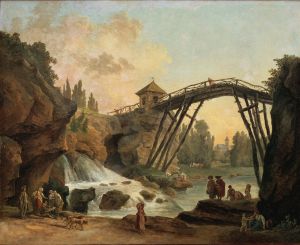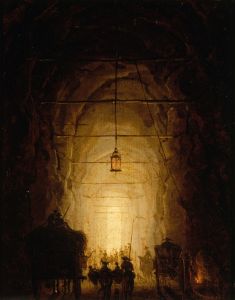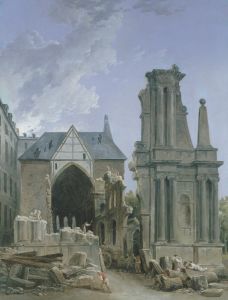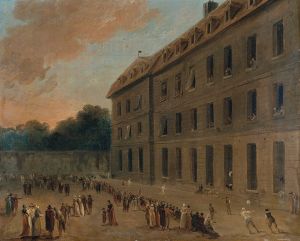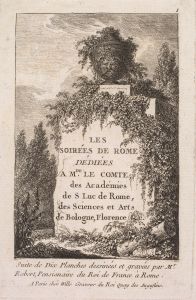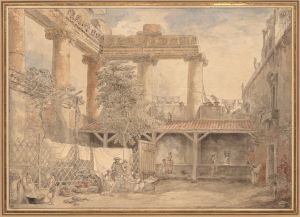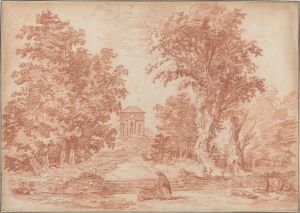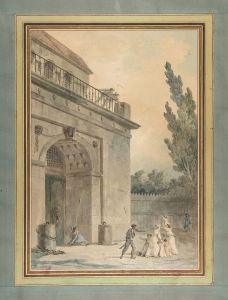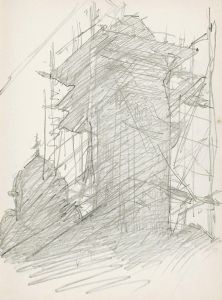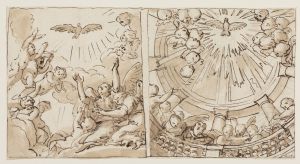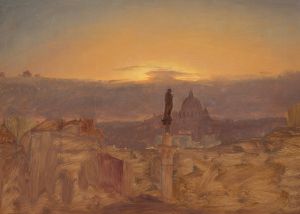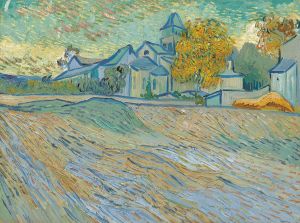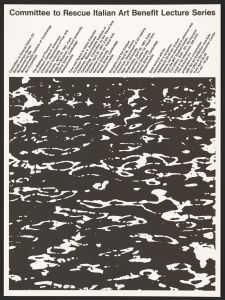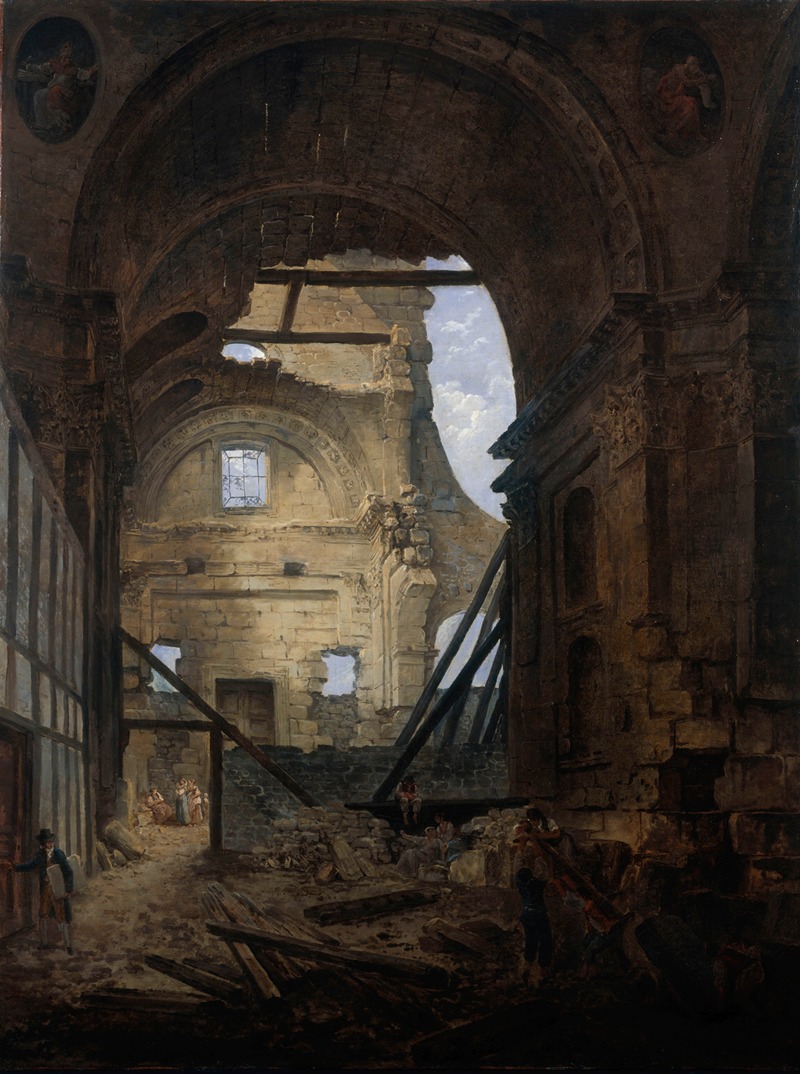
La chapelle de la Sorbonne avec la voûte de la nef effondrée
A hand-painted replica of Hubert Robert’s masterpiece La chapelle de la Sorbonne avec la voûte de la nef effondrée, meticulously crafted by professional artists to capture the true essence of the original. Each piece is created with museum-quality canvas and rare mineral pigments, carefully painted by experienced artists with delicate brushstrokes and rich, layered colors to perfectly recreate the texture of the original artwork. Unlike machine-printed reproductions, this hand-painted version brings the painting to life, infused with the artist’s emotions and skill in every stroke. Whether for personal collection or home decoration, it instantly elevates the artistic atmosphere of any space.
Hubert Robert, a prominent French painter of the 18th century, is well-known for his depictions of architectural ruins and imaginative reconstructions of historical sites. One of his notable works, La chapelle de la Sorbonne avec la voûte de la nef effondrée (translated as The Chapel of the Sorbonne with the Collapsed Vault of the Nave), exemplifies his fascination with the interplay between grandeur and decay. Painted in 1789, this artwork reflects Robert's characteristic style of blending reality with artistic imagination.
The painting portrays the interior of the Chapel of the Sorbonne, a significant architectural and cultural landmark in Paris. The chapel, originally constructed in the 17th century under the direction of Cardinal Richelieu, is part of the historic Sorbonne University. In Robert's depiction, the nave's vaulted ceiling is shown as partially collapsed, with rubble scattered across the floor. The dramatic lighting and meticulous attention to architectural details evoke a sense of both awe and melancholy, emphasizing the transience of human achievements.
It is important to note that the scene depicted in the painting is not based on an actual historical event. The Chapel of the Sorbonne did not suffer such a collapse during Robert's lifetime. Instead, the painting is an example of the artist's penchant for creating imagined ruins, a popular theme in 18th-century art. This approach allowed Robert to explore themes of impermanence, the passage of time, and the relationship between nature and human-made structures.
The painting also reflects the broader cultural and intellectual currents of the Enlightenment era, during which there was a growing interest in history, archaeology, and the romanticization of ruins. Hubert Robert's works often resonated with these themes, earning him the nickname "Robert des Ruines" (Robert of the Ruins). His ability to evoke both the grandeur and fragility of architectural spaces made him a celebrated figure in the art world of his time.
Today, La chapelle de la Sorbonne avec la voûte de la nef effondrée is recognized as a significant example of Robert's artistic vision and his contribution to the genre of ruin painting. The artwork is housed in the Musée Carnavalet in Paris, where it continues to be appreciated for its technical mastery and evocative power.





